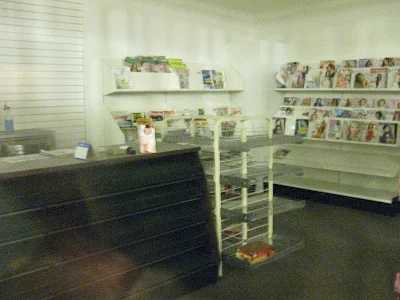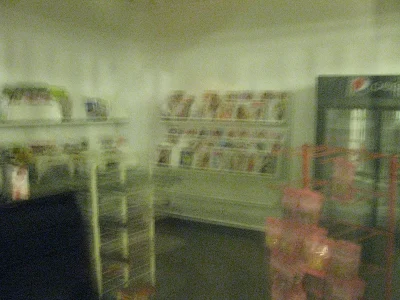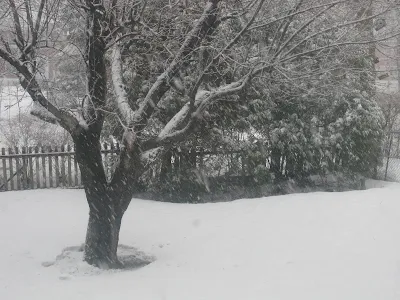 |
| Self-portrait by Jean Cocteau, 1939 |
----------------------------------------------
One cannot translate a real poet; not because his style is musical, but because his thought has a plastic quality, and, if this changes, the thought changes.
A Russian said to me: ‘The style of Orphée is musical in the opposite way to what the public calls musical. In spite of its lack of music, it is musical because it leaves the spirit free to profit from it as it wishes.
*
A poet, unless he is a politician (such as Hugo, Shelley or Byron), must only count on readers who know his language, the spirit of his language and the soul of his language.
* *
What of a poet or a dramatist endowed with the Indian fakir’s power of mass-hypnosis? Why do you boast then about not being in the realm of illusion and of seeing the trick behind the curtain? It is a case of people making fun of genius because they cannot be touched by it. That is the whole difference between us and the camera with its coweye. Many minds are confused between being touched and being victimized, admiring and being the dupe. They brace themselves against hypnosis. It is easy, alas! because the poet uses his fluid indirectly and possesses only the feeblest means of persuasion.
A museum is only justified to the extent that it bears witness to ancient activities, and keeps what remains of the phosphorescence around works, the fluid that emanates from them, and thanks to which they succeed in overcoming death.
* * *
Once a poet wakes up, he is stupid, I mean intelligent. “Where am I?”, he asks, like ladies who have fainted. Notes written by a poet who is awake are not worth much. I offer them only for what they are worth, at my own risk. One more experience.
* * * *
The inexplicable importance of poetry. Poetry considered as algebra.
First of all, poetry only solicits the toughest minds, minds which should scorn it as a luxury; the worst of all.
If it were proved to me that I would condemn myself to death if I did not burn “L’Ange Heurtebise,” [A poem which Cocteau first published in 1925. (Tr.)] I would perhaps burn it.
If it were proved to me that I would condemn myself to death if I did not add to or take away one syllable from the poem, I could not change it, I would refuse, I would die.
When I see all the artists who used to make a practise of despising the fashionable world because they had not as yet been received into it, lapse into snobbishness after the age of forty, I congratulate myself on having had the possibility of going into the fashionable world at sixteen and on having had enough of it by the time I was twenty-five.
* * * * *
Legend gathers round poets who live in glass houses. If they hide and live in some unknown cellar, the public thinks: “You’re hiding, you want us to believe there is something where there is nothing.”
On the other hand, if they look at the glass house, the public thinks: Your over simple gestures conceal something. You are deceiving us, you are mystifying us; and everyone begins to guess, distort, interpret, search, find, symbolise, and mystify.
People who come close to me and fathom the mystery, pity me and become angry; they do not know the advantages of a ridiculous legend: when they throw me to the flames they burn a lay figure who is not even like me. A bad reputation should be maintained with more love and more luxury than a little dancer.
In this way, I can explain the fine phrase that Max Jacob wrote to me: One should not be known for what one does.
Fame in one’s lifetime should only be used for one thing: to allow our work, after our death, to start out with a name.
* * * * * *
I wonder how people can write the lives of poets since the poets themselves could not write their own life. There are too many mysteries, too many true falsehoods, too many complications.
What can be said of the passionate friendships which must be confused with love, and yet nevertheless are something else, of the limits of love and friendship, of this region of the heart in which unknown senses participate, which cannot be understood by those who live standard lives?
Dates overlap, years mingle together. The snow melts, the feet fly away; no footprints remain.



.JPG)












































